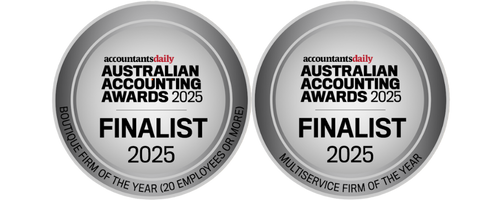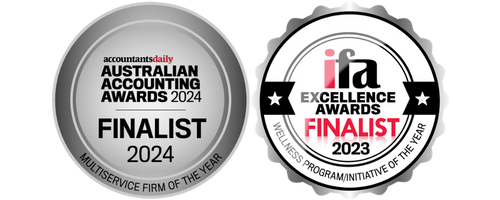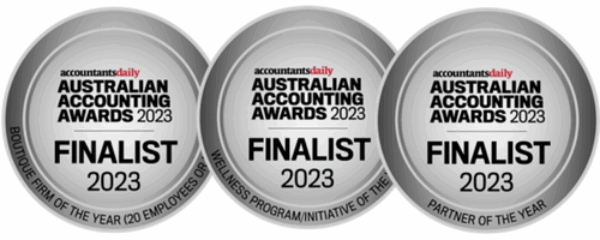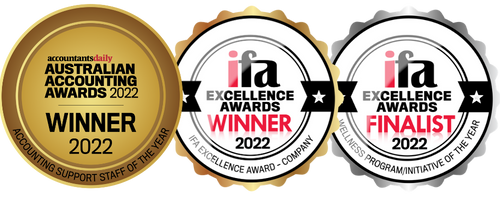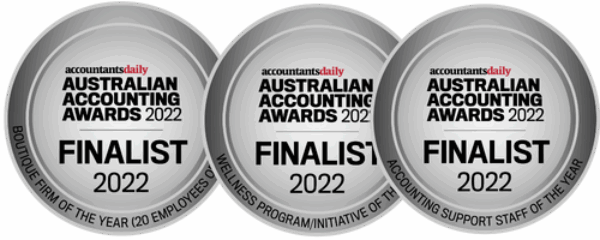Strict investment rules govern how trustees can acquire assets through self-managed super funds (SMSF) from related parties.
When it comes to acquiring an asset from a related party, a trustee must ensure it is an ‘arm’s length transaction’, in other words, the asset is purchased at market value. This means ensuring it is also:
• a listed security (i.e., shares listed on an approved stock exchange)
• an in-house asset (provided the market value of the fund’s in-house assets does not exceed five per cent of the total market value of the fund’s assets)
• business real property (i.e., land or buildings used exclusively for business purposes)
• an asset specifically excluded from being an in-house asset
These rules not only apply when purchasing an asset but also when selling, loaning and leasing an asset to a related party. A clear example of a self-managed super fund failing to transact at arm’s length is an SMSF that gives a loan to a related party who pays this loan back over a period without being charged interest. Another instance could involve investing in a related unit trust that does not pay distributions back to the fund.
In a situation where an asset is acquired for an amount lower than market value or for no cost, such as an ‘in specie contribution’ then the difference between the amount the fund has paid and the asset’s market value must be recorded as a contribution.
At Walshs we are accredited to provide advice to self-managed super funds. We will work with you to determine your financial retirement goals, then provide strategic advice to get you there. Read more from us about self-managed super funds here.
If you have any questions about SMSF make an appointment to see the Walshs team – you can now book online here – or call Walshs on 07-3221 5677.
As this advice is general in nature please do not hesitate to contact one of our adviser accountants or financial planning advisers if you have a query that is specific to your circumstances.




